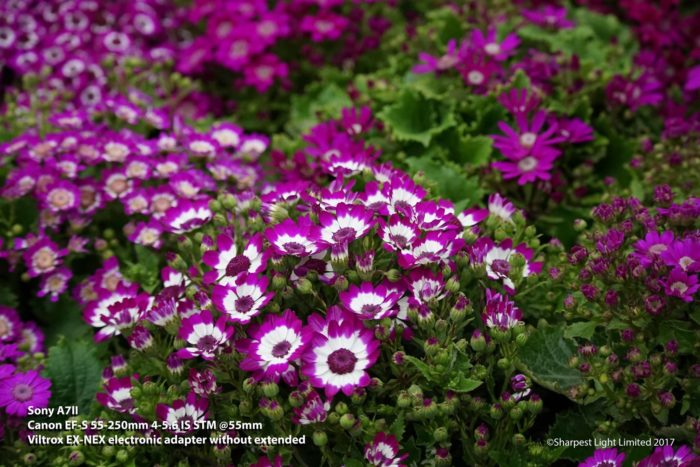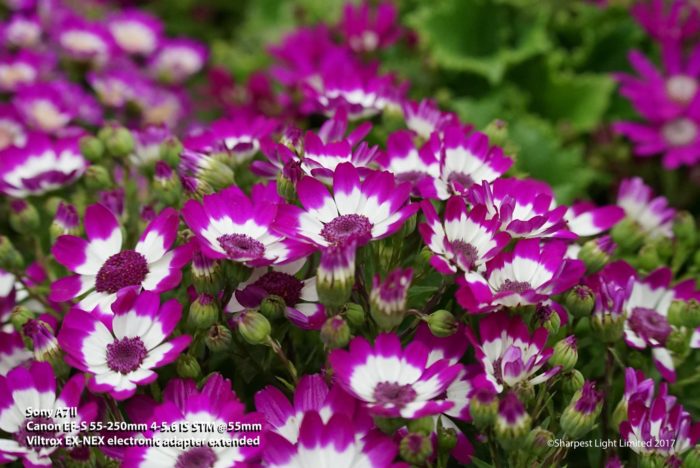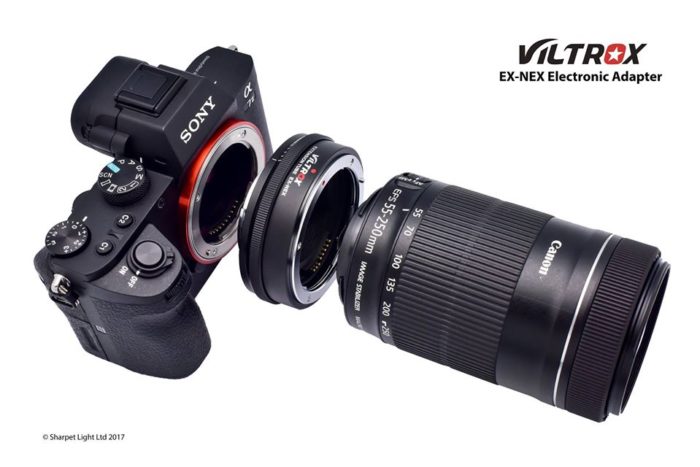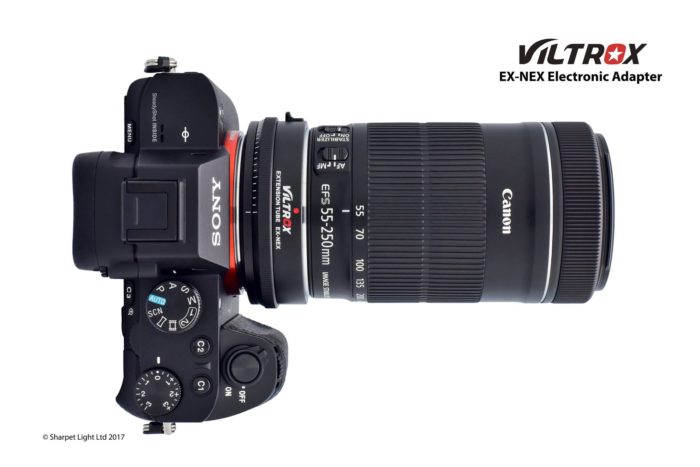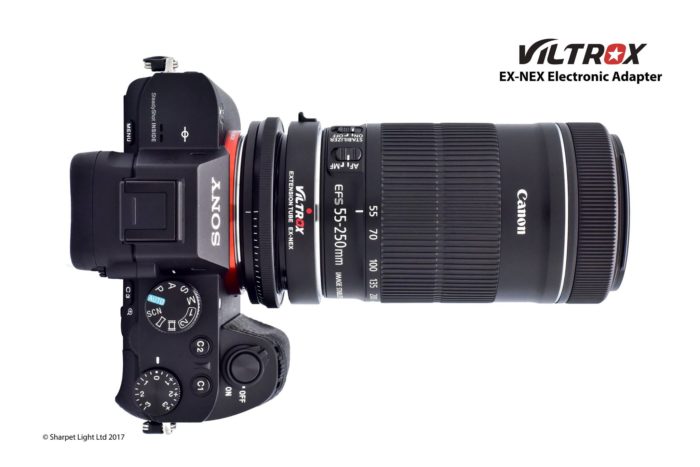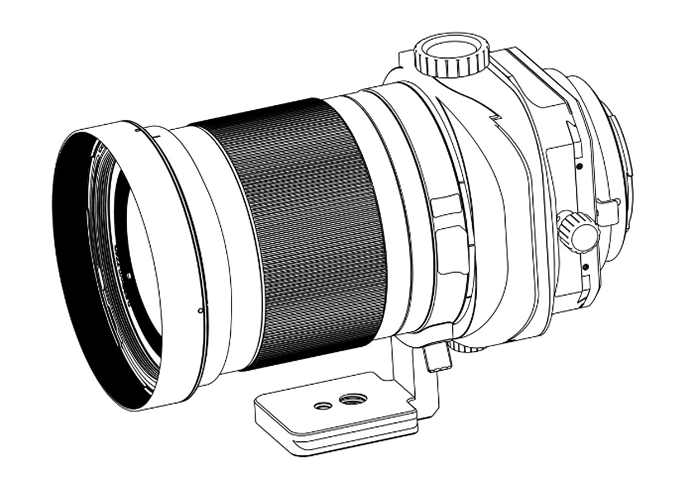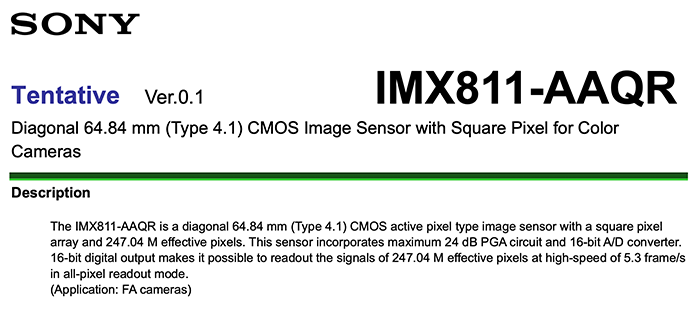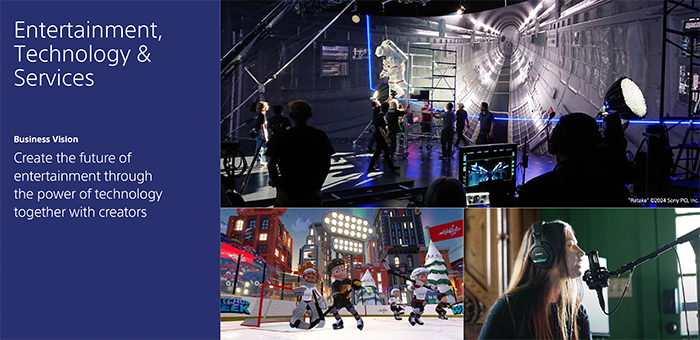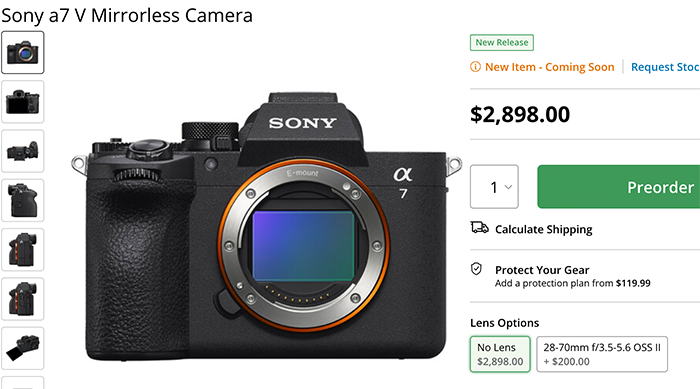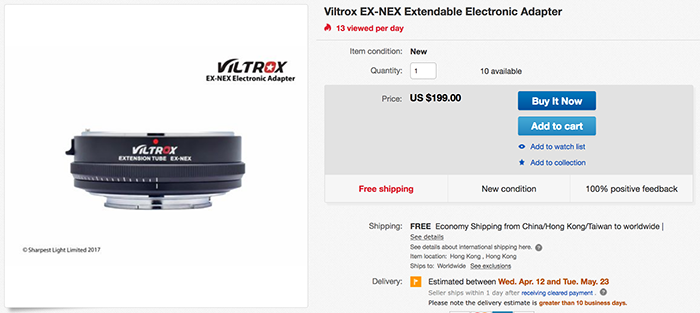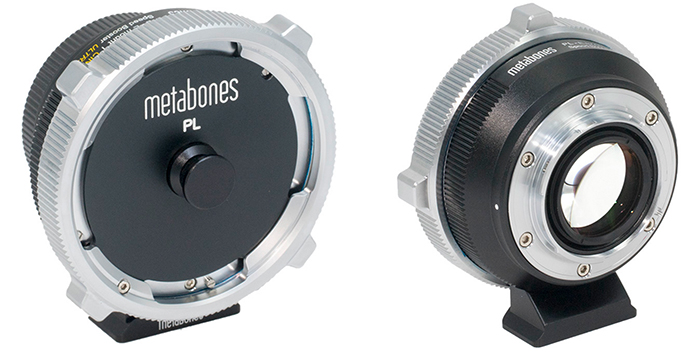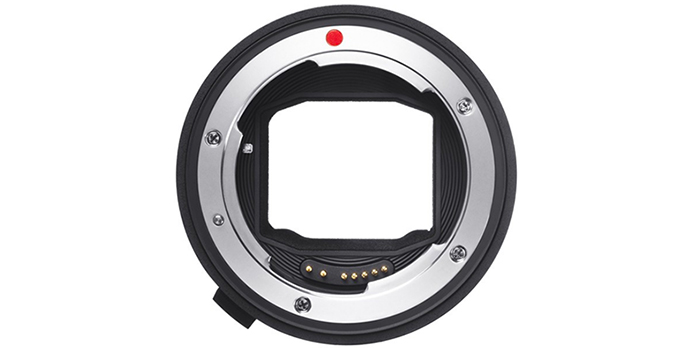Viltrox announces the new Canon EF to Sony E-mount Extendable Electronic Adapter
Viltrox announced a new Canon EF to Sony E-mount Extendable Electronic Adapter you can buy for $199 on their eBay site (Click here).
This is their press text:
Viltrox EX-NEX allows Canon EF/EF-S Lenses to be used on Sony A7 series, A6XXX and NEX cameras. This adapter not only supports AF, Lens IS, On camera aperture adjustment, but also built with extendable mechanism for macro with AF. The macro ability will be boosted instantly for flowers, insects and close up photography.
Product features:
– Support Sony A7/A7R/A7S/A6XXX/ cameras and VG camcorders*
– Support EF/EF-S lenses manufactured by Canon, Sigma, Tokina and Tamron
– Record EXIF data includes aperture, focal distance etc.
– Support on camera aperture adjustment and mettering
– Support lens IS
– Extend approx. 4.5mm max. Distance can be adjust accordingly
*VG series does not support AFProduct limitation and disclaimer
– The Company does not guarantee the performance of cameras and lenses out of the compatible list. The Company will not be liable for any compensation associated with using non listed camera or lens.
– The Company will not be liable for damage of the lens. If you worry about damage of your lens by using this adapter, please do not buy.
– In video recording mode, does not support auto-focus.
– If you found any problem with use of this adapter, please contact us or the shop you bought it.
Important: There is one catch in that story: “The Company will not be liable for damage of the lens.“. So be cautious if you buy it!
And here are some images that do show how the tube extends and what kind of results you will get with it:
